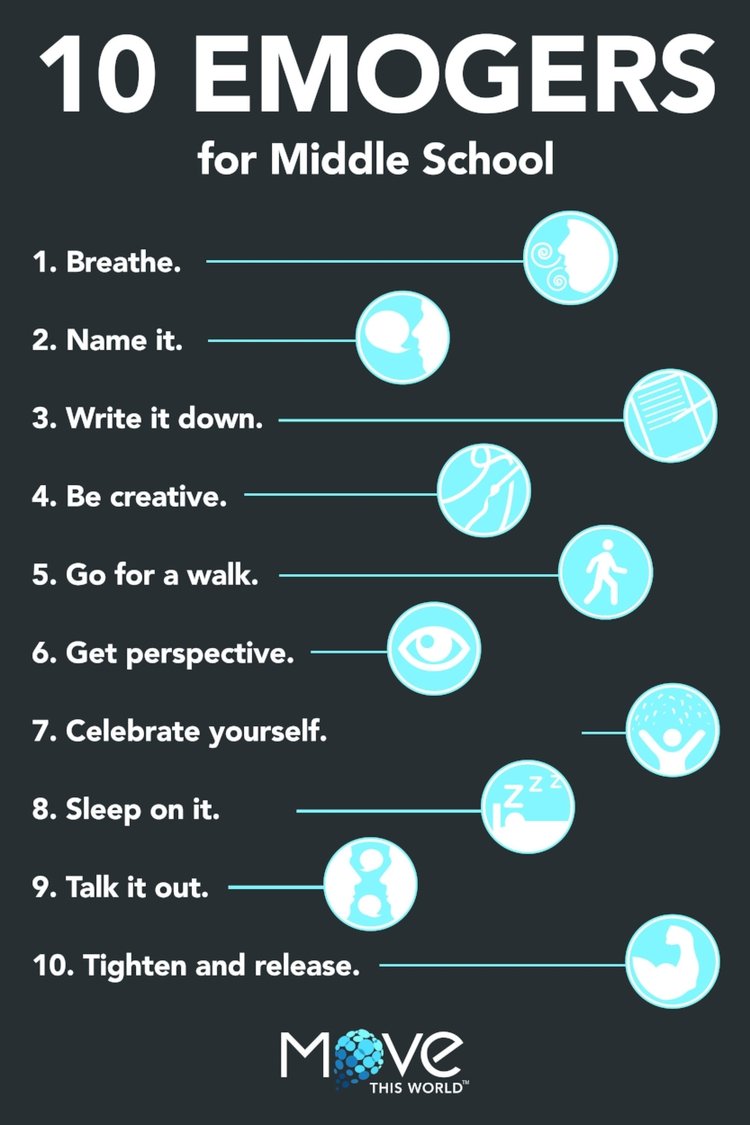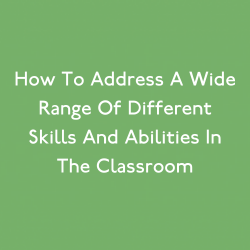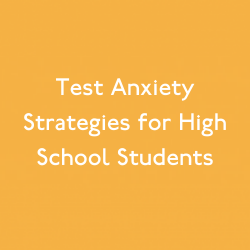Written by Founder and CEO, Sara Potler LaHayne
This Election, many students are sitting up and paying attention to politics for the first time. This year’s debates may have been the first some generations have tuned in – and they weren’t exactly demonstrations to be proud of. As classrooms illustrate the power and influence of oracy through student debates, we wanted to share a few important tips to be mindful of in order to encourage healthy debate in the classroom.
First, let’s set some ground rules:
-
Only one speaker at a time.
-
Utilize a tangible object to pass around within the classroom to signify who “has the floor.”
-
Rotate roles and responsibilities so that we can all participate in unique and meaningful ways, provide feedback to one another, and explore unique strengths and talents.
-
Show applause and appreciation for each speaker using the American sign language for applause, a wave. It ensures everyone receives the same validation from their peers – no loud or rowdy cheers.
1. Acknowledge that no ideas are silly ideas.
Everyone is entitled to their own unique opinion and it is important that your students feel that they have a safe, supportive environment where they feel encouraged to share their thoughts and feelings openly without fear of rejection or judgement. A good icebreaker to open your discussion and stress this point is to practice emotional charades. Prompt students to think about one emotion they are feeling in that moment, whether it’s excited or nervous, and have them act that emotion out using a facial expression or movement to express their unique voices and feelings.
2. Actively listen.
Our body language is very telling, so it is important that when another student is speaking that we show that we are listening with our bodies. Active listening is also a crucial component of a healthy debate, because in order for you to contribute to an ongoing discussion you must be paying attention to the points that your classmates are bringing to the table. Remember what it means to be a good audience and how it felt when others were actively listening to you by showing the same respect to others when they speak.
3. Step up, step back.
Self-awareness is a big part of being a team-player in a classroom discussion. If you notice that you are speaking up more than your classmates, take a step back to allow others’ opinions to be represented. If you notice that you are offering fewer points in the discussion, speak up – your opinions are valued! Holding one another accountable for contributing actively, and allowing others to do the same, is an important component of healthy, group debate.
4. Put yourself in someone else’s shoes.
We are all entitled to our own opinions, so it’s understandable that you may not share the same views as your classmates. It is important to still remain respectful and attempt to at least try to see things from another perspective. Not only will this help make points toward your argument stronger, but may also help shed light on ideas that you may have missed initially. One exercise you can to do to practice this in the classroom is kinesthetic mirroring. Through mirroring what another person is showing in their body and face with your own body, you can develop a more profound empathetic connection than you would be able to express with words.
5. Take one deep breath before you speak.
We’re not all born public speakers. Expressing your thoughts and emotions can be scary. Before you begin speaking, take one deep breath as a way to calm any nerves you may have. Take this time to collect your thoughts and organize your ideas to ensure you’re presenting your position thoughtfully, and not just speaking from emotion.
6. Arrange the seating in a way that invites conversation between students.
Classrooms are typically arranged intentionally to direct all attention to the front of the room so that students are less distracted by their classmates and can more easily focus on the teacher’s instruction. For a debate setting, unless your speakers are standing at the front of the room, move the desks into a semi-circle shape to invite more open dialogue between students.
7. Model respectful conflict management.
Going into a classroom debate, you must accept that there will not necessarily be a resolution. Conflicts are okay when managed in a healthy way. One tool we use for conflict management is our 10 Emogers, seen below. These are emotional management tools to teach students how to resolve conflict in a healthy, respectful way. Again, we are all entitled to our own opinions, so it’s important to remind students that despite differences, we must always respect the thoughts and opinions of our classmates.

8. Co-create a culture and environment for healthy expression by welcoming diverse voices.
These diverse experiences and perspectives are your classroom’s most unique asset in critical thinking and reflection. Empathy is a learned skill that we must practice. In inviting diverse voices in the classroom, you’re reminding your students that it is okay to have different perspectives and that they should be viewed as an opportunity to learn something new.
Conflict is critical for debate, but it’s important we recognize that we all have our own opinions that we are entitled to share in safe and supportive spaces. Respectful conflict management is key to the growth and resiliency of your classroom. You never know when you could learn something new by opening your mind to unfamiliar perspectives.
Sign up for Move This World’s newsletter to stay up to date on social emotional learning.
Enter your email below!










